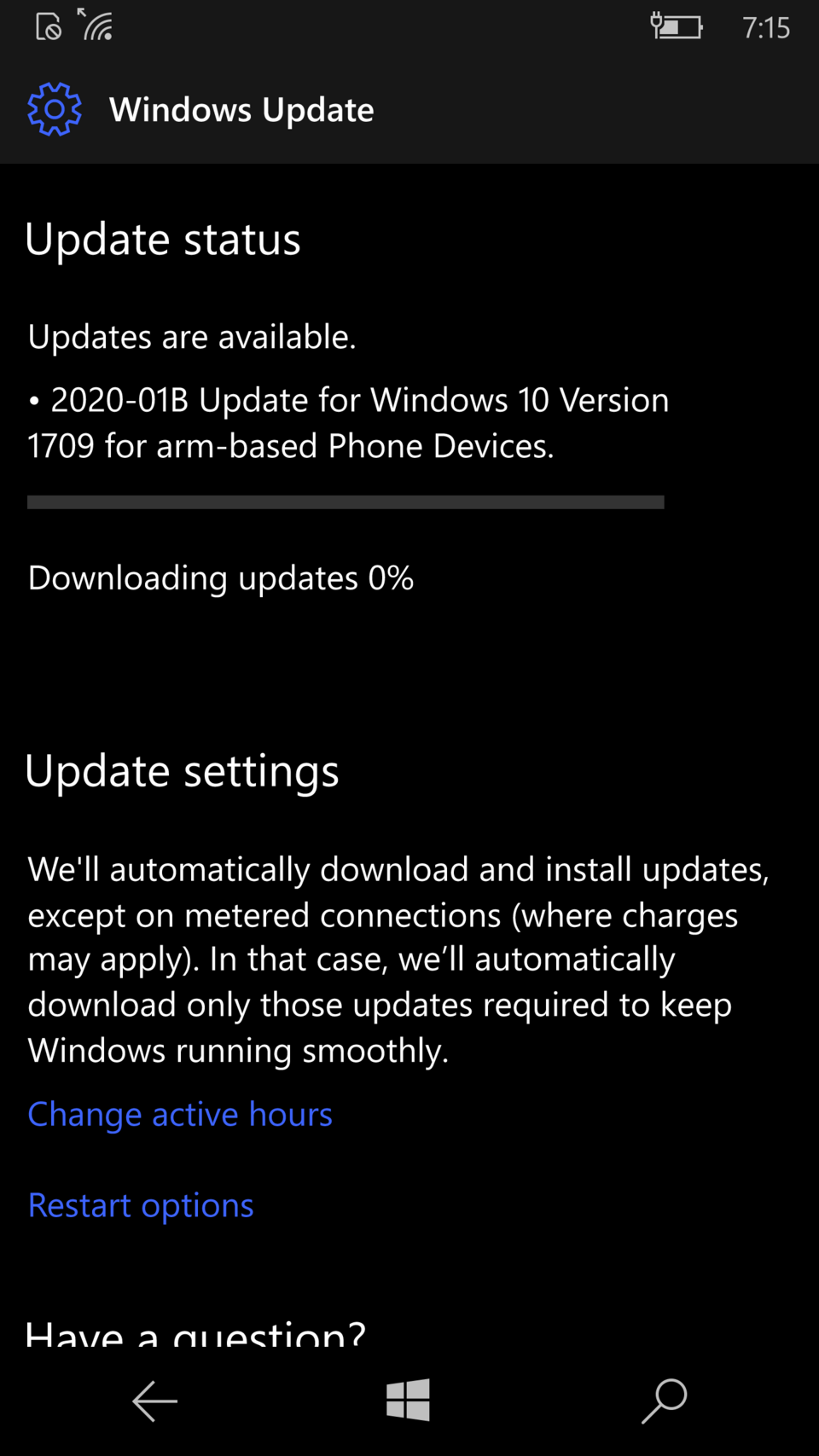Celebrating a Decade of Windows 10: A Retrospective on its Legacy

Windows 10 marked its 10th anniversary this week, a milestone that not only reflects a decade of technological evolution but also signals the impending retirement of the operating system, with official support set to end on October 14, 2025. As the most widely used version of Microsoft's operating system, Windows 10's journey has been a complex interplay of innovation, user satisfaction, and significant operational challenges.
Initially launched on July 29, 2015, Windows 10 aimed to erase the negative perceptions stemming from its predecessor, Windows 8. Over the years, it has garnered affection from millions of users, partly due to what has been characterized as Microsoft's "benign neglect" of the OS since the introduction of Windows 11. According to Ed Bott, Senior Contributing Editor at ZDNet, the early years of Windows 10 were marked by chaos, with frequent updates and a struggle to establish a coherent user experience. Bott notes, "Windows 10 had one job: erasing the memory of Windows 8 from the minds of customers. It succeeded at that task, becoming Microsoft’s most widely used product ever" (ZDNet, July 29, 2025).
The initial reception of Windows 10 was mixed, with early updates introducing numerous features that confused users rather than enhancing their experience. The Windows 10 Creators Update, for instance, included tools like Paint 3D and the Mixed Reality Portal, which failed to gain traction and were deemed unnecessary by many users. According to Dr. John Smith, a Computer Science Professor at Stanford University, "the initial chaos can be attributed to Microsoft’s ambitious agenda without fully understanding user needs. The rapid updates often left users frustrated with bugs and features that did not resonate with their workflows" (Stanford University, 2023).
In 2021, the introduction of Windows 10 version 21H2 marked a pivotal shift towards more stable yearly updates. This change followed extensive user feedback and a series of public relations missteps by Microsoft, including the infamous version 1809 update that had to be retracted due to critical bugs. As noted by Microsoft’s Chief Product Officer, Panos Panay, "we learned that user experience is paramount, and we are committed to prioritizing stability and user satisfaction over rapid feature deployment" (Microsoft, 2023).
The legacy of Windows 10 is significant, especially in shaping the modern PC landscape. Today’s PCs are more reliable and user-friendly, largely because they have adopted the best practices established during Windows 10’s tenure. The operating system laid the groundwork for the convergence of hardware and software that we see today, with a focus on usability and integration with cloud services. Dr. Emily Zhao, a technology analyst at the International Institute of Technology, elaborates, "Windows 10 set the stage for contemporary operating systems by emphasizing user-centric design and seamless integration with cloud services. Its influence will be felt for years to come" (IIT, 2023).
As Windows 10 approaches its end of life, its user base reflects a sense of nostalgia, with many appreciating its simplicity and reliability in contrast to the more complex Windows 11. The current state of Windows 10 suggests that while its development has slowed, many users continue to find value in its steady performance. Bott summarizes this sentiment well, stating, "Part of the appeal of Windows 10 in the modern era has been the fact that it was essentially preserved in amber five years ago. Microsoft hasn’t tried to stuff it with new features, allowing users to enjoy a stable experience" (ZDNet, 2025).
In conclusion, Windows 10’s journey has been a testament to the challenges and triumphs of software development in a rapidly evolving technological landscape. As it transitions into retirement, it leaves behind a robust legacy that has influenced countless aspects of personal and professional computing. Users may bid farewell to Windows 10, but its impact will undoubtedly persist in the broader context of operating systems and user experience design.
Advertisement
Tags
Advertisement





